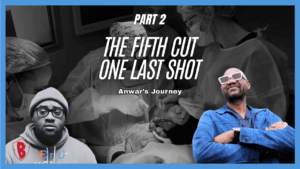Folliculitis decalvans (FD) presents a significant challenge in dermatology, causing localized scarring alopecia and chronic inflammation. Despite its debilitating impact, there has been a lack of effective treatment options, and the existing modalities often provide only temporary relief. In the pursuit of addressing this unmet need, our recent case series introduces a pioneering surgical approach that has shown remarkable success in achieving long-term remission.
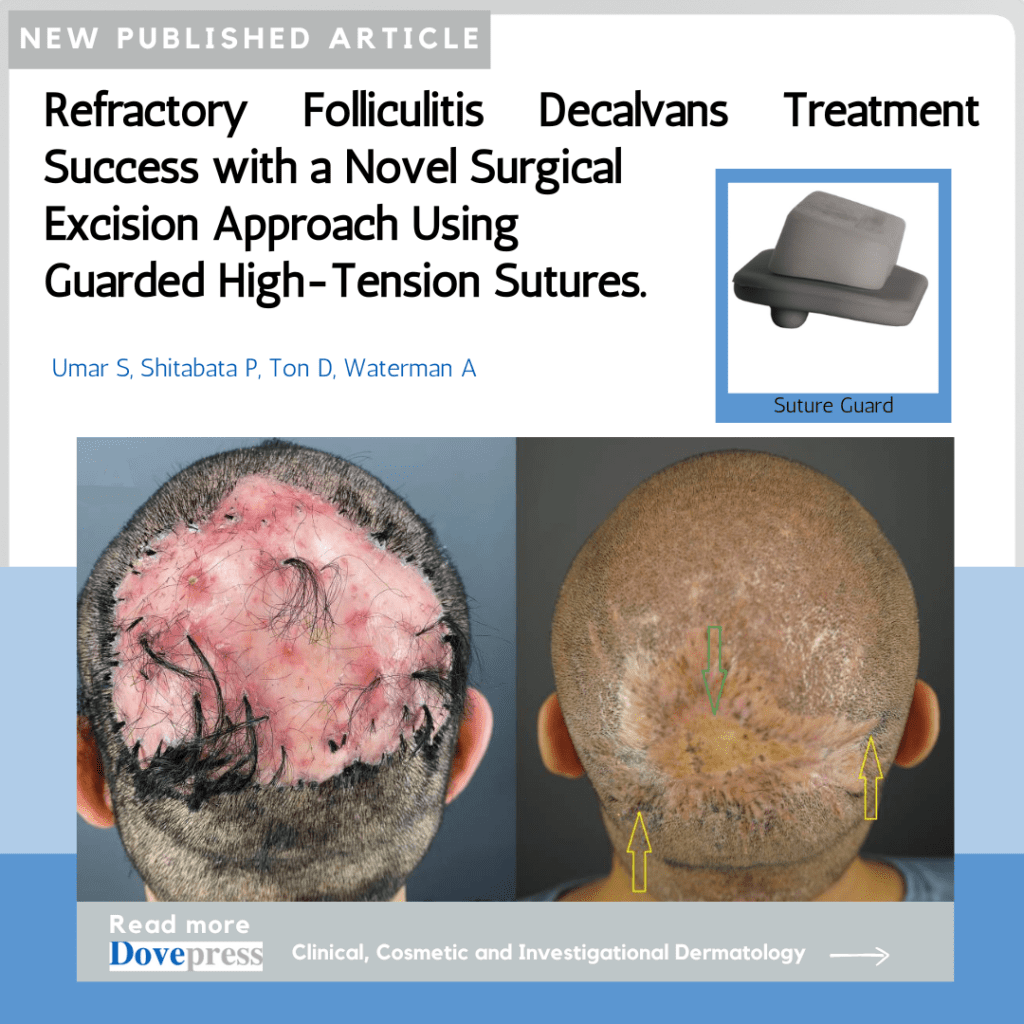
Introduction to FD and Treatment Dilemma
FD is characterized by the development of purulent plaques or masses, leading to scarring alopecia. This condition primarily affects middle-aged men and presents a complex challenge due to the limited efficacy of current treatments. The result is often result in recurrence upon cessation. Our case series, organized in a paper titled “Refractory Folliculitis Decalvans Treatment Success with a Novel Surgical Excision Approach Using Guarded High-Tension Sutures,” and published in the Clinical, Cosmetic, and Investigational Dermatology Journal, delves into a novel surgical technique that provides a beacon of hope for those afflicted with this refractory condition.
The Breakthrough Surgical Approach
“In this case series, we treated five patients with histologically confirmed FD using a surgical excision approach. The distinctive feature of this technique is its emphasis on second-intention healing with the assistance of carefully applied high-tension sutures. Although unconventional, this method demonstrated notable effectiveness in wound contraction and eventual healing.”
Results and Significance
The results of this case series are striking. All patients experienced successful wound healing, with wound contraction ranging from 47% to 83% of the original wound diameters. Moreover, this approach achieved complete remission in all cases. There were no instances of disease recurrence observed over a follow-up period of 10 to 24 months.
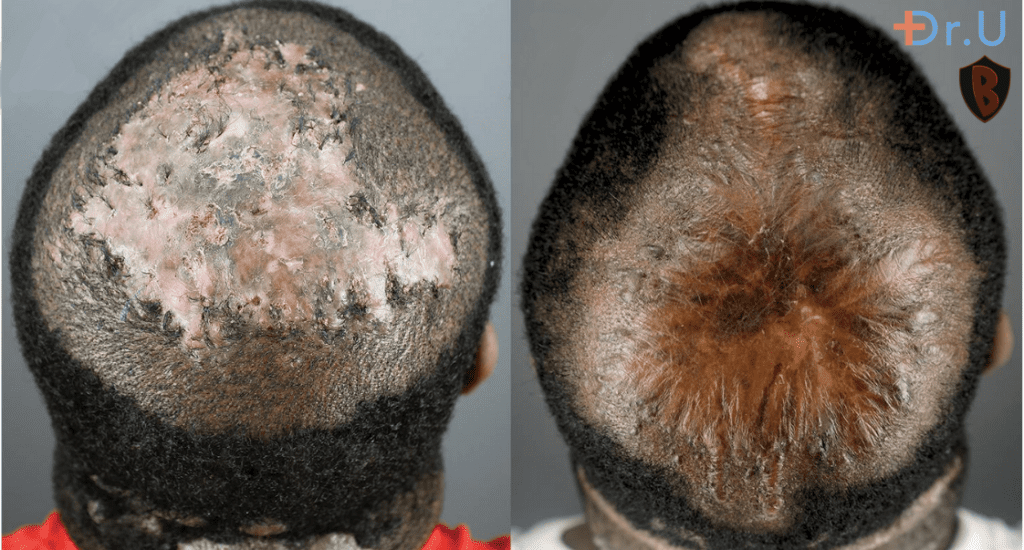
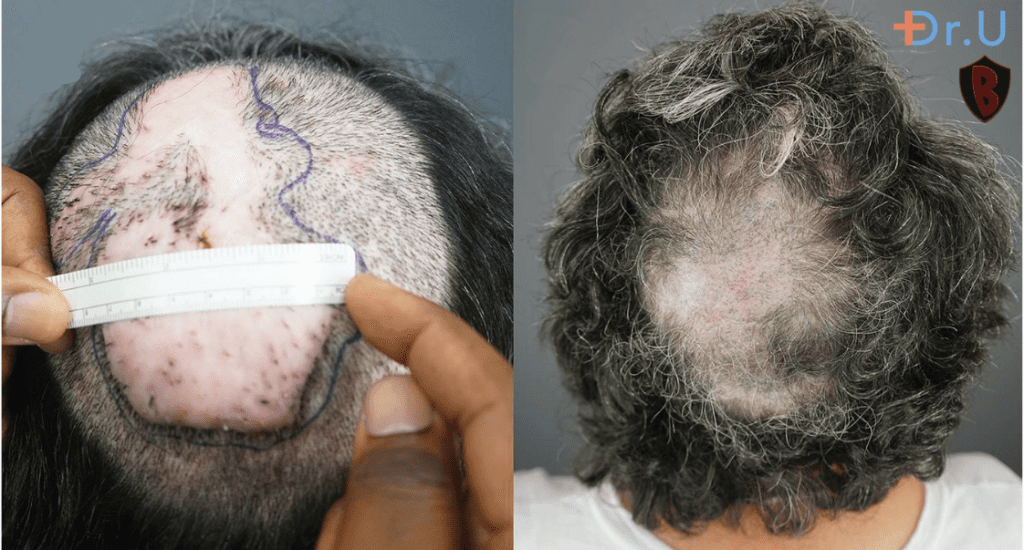
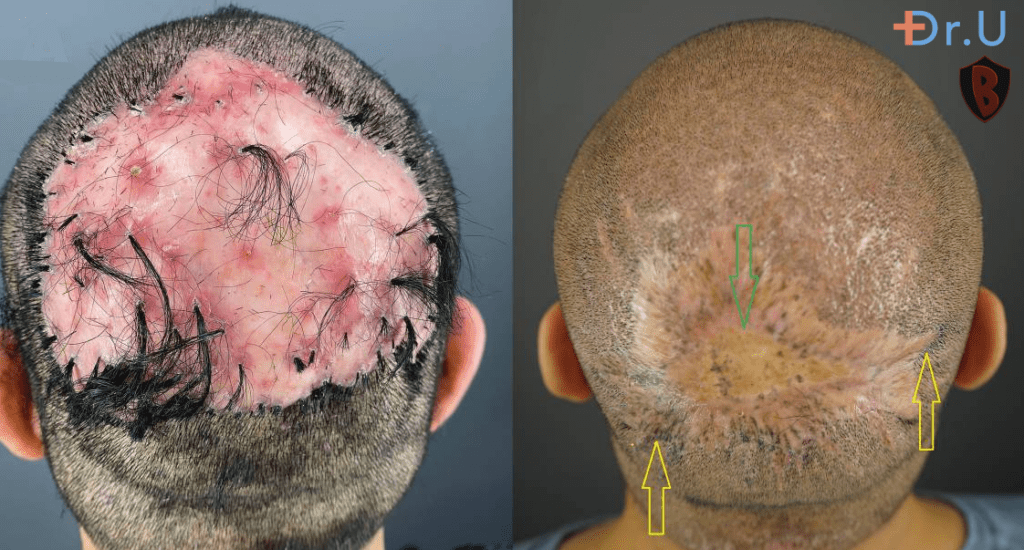
Unprecedented Long-Term Remission
What sets this surgical technique apart is its ability to achieve lasting remission in FD patients, even in cases where conventional treatments have failed. This represents a significant advancement. Many FD patients have experienced a series of treatments that provide only temporary relief at best. Our approach provides a potential solution to disrupt this recurring cycle, offering individuals an opportunity for sustained relief and an enhanced quality of life.
Implications for Future Research and Clinical Practice
While this case series marks a noteworthy step forward, it’s important to recognize that it’s in its early phases. To establish the complete extent of the technique’s effectiveness and safety, more extensive controlled studies are required. Nevertheless, these initial positive outcomes encourage researchers and clinicians as they explore enhanced treatment options for FD.
Conclusion
Our case series on refractory FD treatment using a novel surgical excision approach with guarded high-tension sutures is a milestone in dermatology. The technique’s ability to achieve long-term remission holds the promise of transforming the lives of those affected by this challenging condition. As we await further research and validation, this breakthrough brings renewed optimism and progress to the realm of FD treatment.




